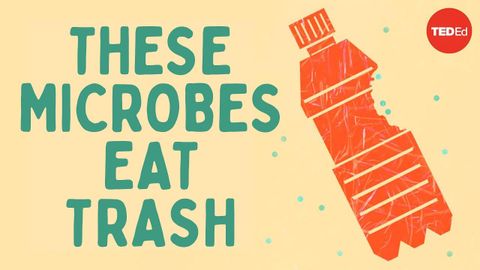
字幕與單字
一起認識能夠「吃垃圾」的微生物 (The smallest solution to one of our biggest problems - Tierney Thys & Christian Sardet)
00
神谷菜々子 發佈於 2022 年 12 月 15 日收藏
影片單字
tough
US /tʌf/
・
UK /tʌf/
- adj.(肉等)老的;咬不動的;堅韌的:艱苦的:困難的;強硬的;嚴格的;堅韌的;不屈不撓的;棘手的;費勁的;剛強的
- n.硬漢
- v.t.使變堅強
- v.t./i.忍受
A2 初級中級英檢
更多 使用能量
解鎖所有單字
解鎖發音、解釋及篩選功能
